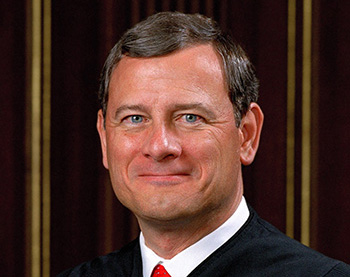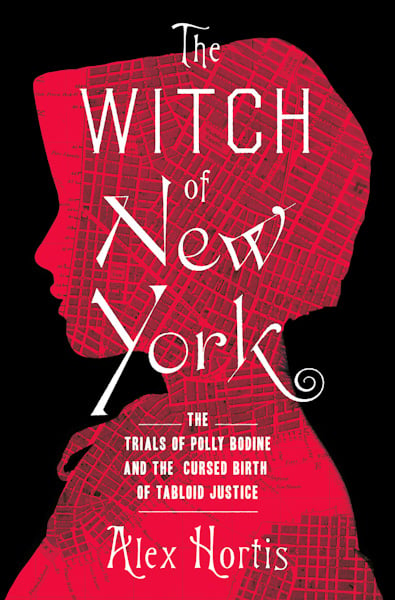Chief Justice Roberts praises judiciary for post-pandemic performance

U.S. Supreme Court Chief Justice John G. Roberts Jr.
“For the past 10 months, it has been all hands on deck for the courts, as our branch of government confronted the COVID-19 pandemic,” U.S. Supreme Court Chief Justice John G. Roberts Jr. wrote in his year-end report on the federal judiciary.
In the Dec. 31 report, he commended the country’s judges for “guiding critical court functions from their home offices—or their kitchen tables.”
He also pointed out that many judges “quickly (or at least eventually) learned to use a wide range of available audio and video conferencing tools” and adopted “innovative approaches to conduct court proceedings.”
“Much of this work is not glamorous, but it is essential, and it got done,” Roberts wrote.
The New York Times, the Washington Post and Law.com have coverage.
Among the changes, Roberts said courts and law enforcement have developed new partnerships to ensure that detained defendants have virtual access to their lawyers and the courtroom. Many courts also prepared to resume jury trials by extending jury boxes into public gallery areas and installing plexiglass and high-efficiency particulate air filters to minimize the risk of COVID-19 transmission.
“Judges from around the country report that, where jury trials have resumed, responses to jury summonses have met or exceeded their high hopes for the public’s willingness to participate in the legal system during these very challenging times,” Roberts wrote.
He contended that “creativity has been the key” in other court proceedings. In particular, he praised judges in Michigan and Florida who hosted drive-thru naturalization ceremonies and judges in Iowa and Minnesota who moved their ceremonies outside.
“They were borrowing a practice from a century ago, when San Francisco courts held proceedings outdoors during the Spanish flu pandemic,” he said.
Roberts also highlighted state courts, which he described as “responsible for the vast bulk of judicial proceedings across the nation,” for their response to the COVID-19 pandemic. As an example, he said the National Center for State Courts gave its 2020 William H. Rehnquist Award for Judicial Excellence to a judge who conducted the first remote jury trial in May.
Roberts, who presented that award to Judge Emily Miskel of the 470th District Court in Collin County in Texas, wrote that “she has been generous with her peers throughout the country in helping them solve problems and carry forward the work of our legal system.”
According to an appendix focusing on the workload of the courts, the total number of filed Supreme Court cases dropped from 6,442 in the 2018 term to 5,411 in the 2019 term. Roberts said the decrease in case filings was also seen in federal appellate, district and bankruptcy courts in the past year.
“Filings generally decreased with the onset of the coronavirus pandemic in March 2020, leading to lower annualized rates,” he wrote.
Roberts’ report is the 16th that he has issued since he was appointed chief justice in 2005.



